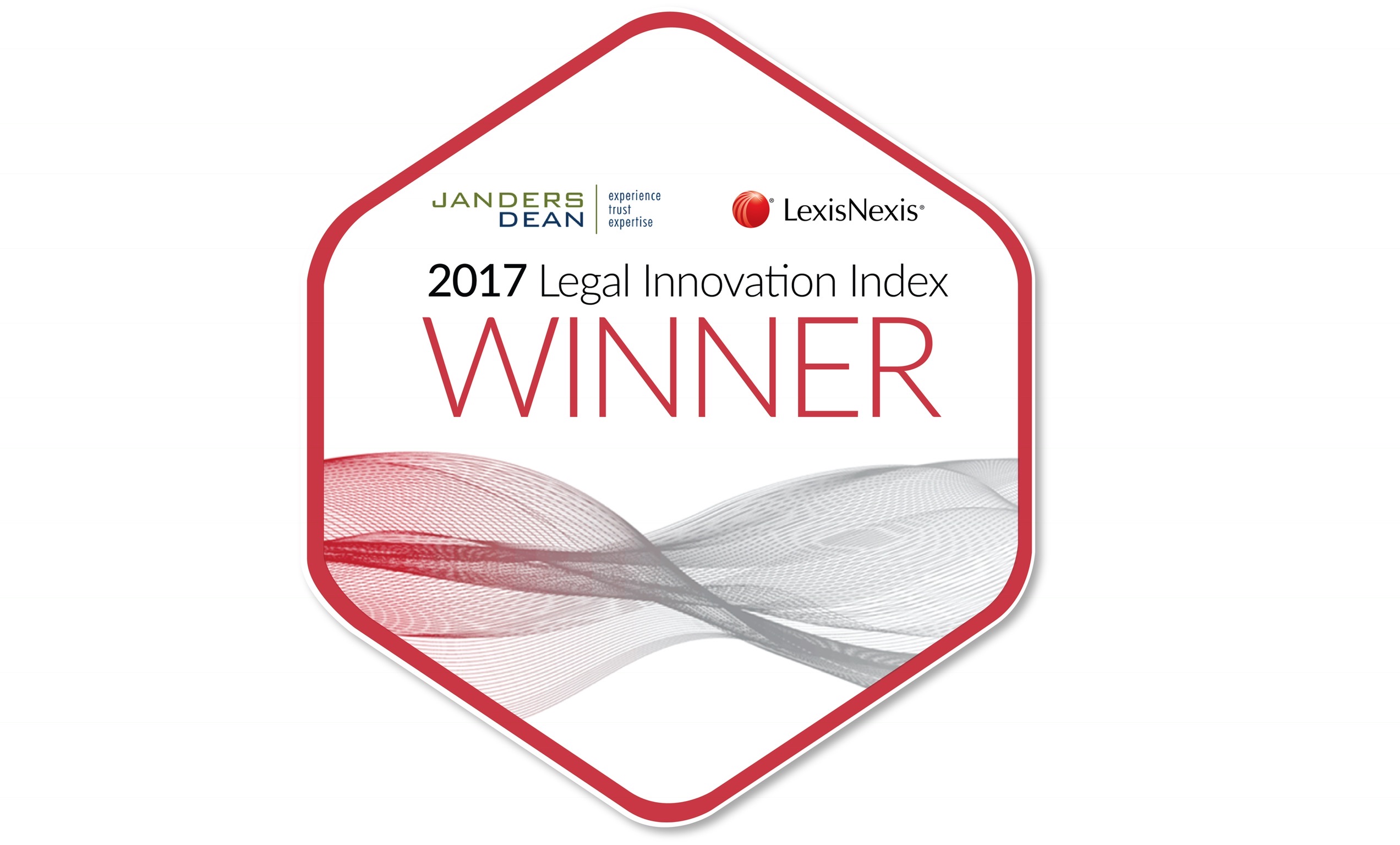One of the confronting issues we will face over the next few years is how much construction and infrastructure work will be done under the old traditional means and how much will be done through:
* new ways – like prefabrication; and
* enhanced by technology – like robots and artificial intelligence.
Innovation is not just about apps. It’s about a sustainable and workable regulatory framework where new ideas are responded to with a combination of an open mind and responsible regulation and we expect to see more of this in 2020.
On 13 May 2020 we will give you the heads up on what is on the horizon and prepare you for the next generation of tech innovation.
Whether you are a construction industry disruptor or an established business looking to learn new ways, come along to the Helix Insight Training.
In the session we will cover:
* Disruptive Trends for 2020
* Regulatory Challenges
* Risks and Rewards
As with all the events in our innovation series you will hear from the disruptors in the construction industry about new products and ideas for building a better industry.
We are having a celebration to showcase all of the amazing talent in the construction industry to close out the Helix Innovation Series for 2020.
Come along on 21 October 2020 to put your finger on the pulse of what the next wave of innovation will be.
- In 2015 a 57 story skyscraper was built in 19 days in China;
- In 2016, the United Kingdom government mandated all centrally funded work to be undertaken using the Building Information Modelling (BIM) method of generating computer representations of the projects before they are built;
- In 2017, two 3D-Printed concrete bridges were constructed in Spain and in the Netherlands respectively;
- In 2018, Daqri released the ‘Smart Helmet’, a hard hat fitted with augmented reality features that allow wearers to superimpose information, drawings and other data over the real world they see through the device’s display system; and
- In 2019, the possibility of blockchain technology being utilised in construction contracts is likely to be explored in an aim to increase transparency in the project.


